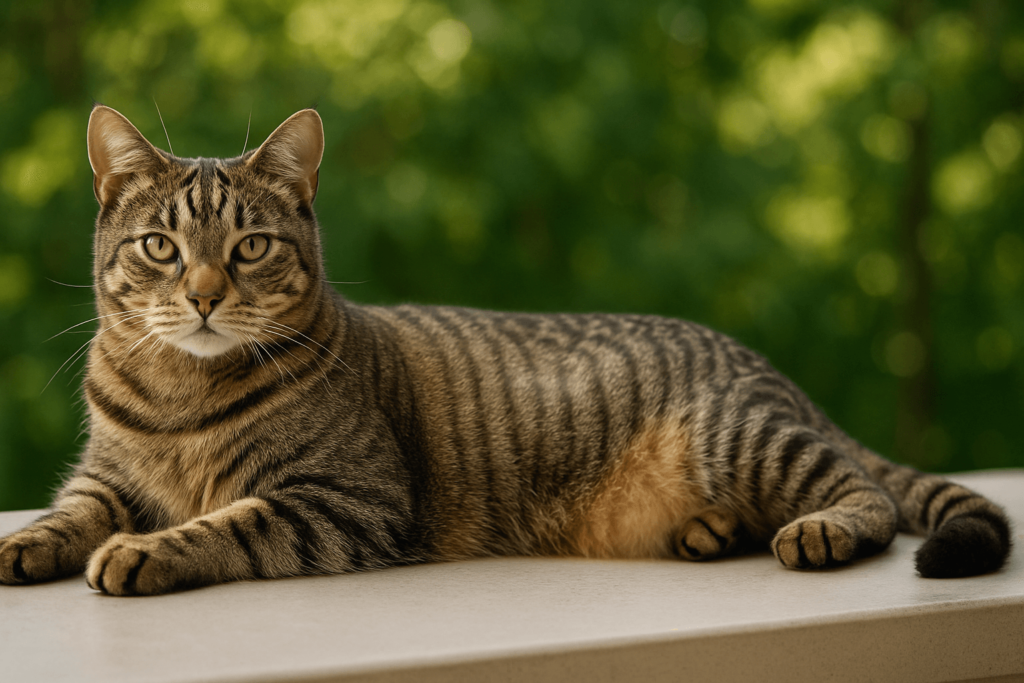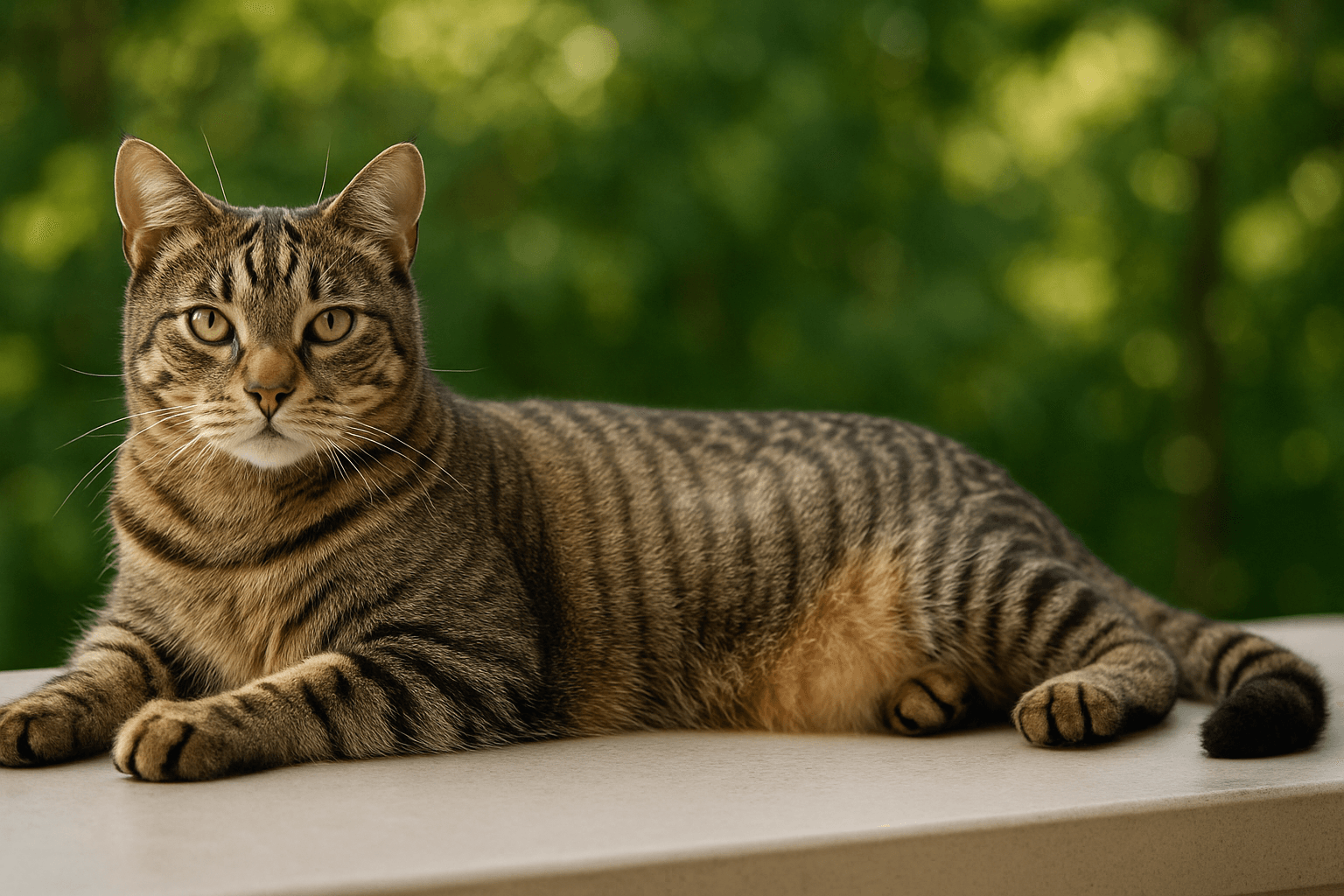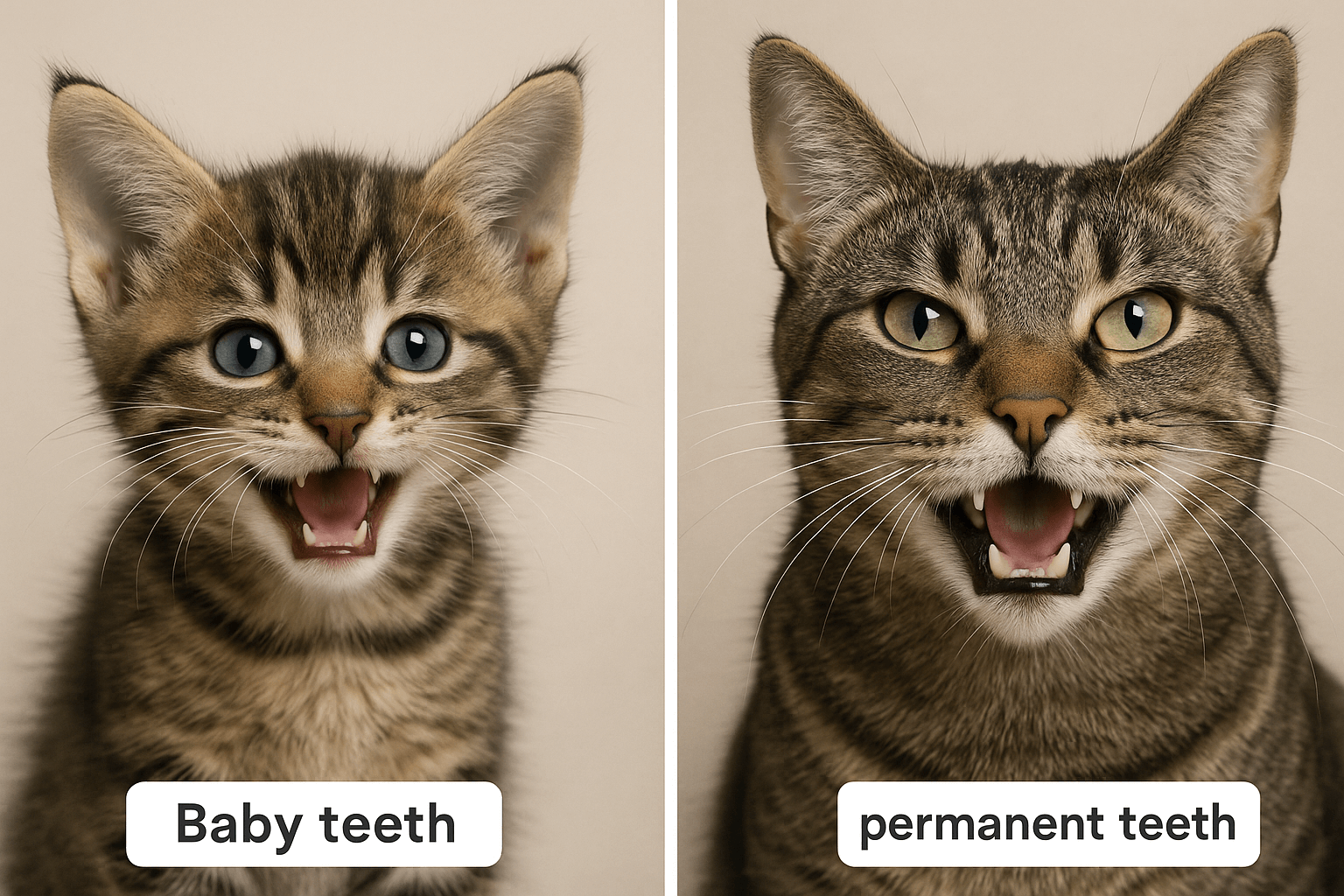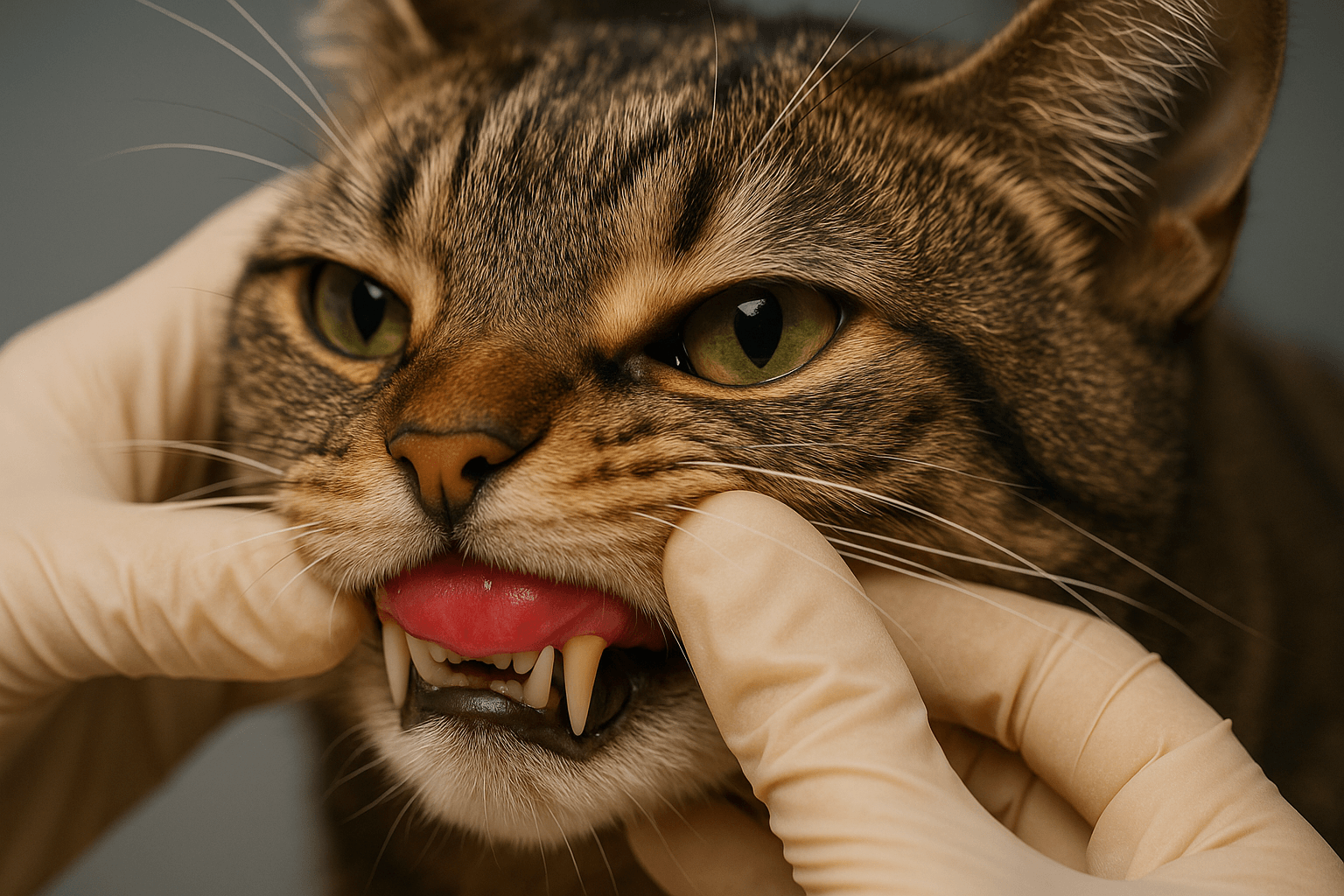Understanding Tabby Cat Size: What You Need to Know
Tabby cats are among the most beloved feline companions, known for their striking coat patterns and playful personalities. However, when it comes to their size, many cat owners wonder what to expect as their tabby grows. Are all tabby cats the same size? How does their breed, genetics, and lifestyle influence their growth? In this blog post, we’ll explore everything you need to know about tabby cat size, from average weight ranges to factors that affect their development. Whether you’re a new tabby owner or simply curious about these charming felines, this guide will help you better understand your furry friend’s physical growth and how to support their health.
Factors Influencing Tabby Cat Size
The size of a tabby cat isn’t determined by their coat pattern alone—it’s influenced by several key factors. Understanding these can help you anticipate your tabby’s growth and ensure they stay healthy throughout their life.
Genetics:
A tabby cat’s size is largely determined by their genetic makeup. If their parents were large or small, your tabby is likely to follow suit.Breed Background:
Many tabby cats are mixed breeds, but some belong to specific breeds like the Maine Coon or American Shorthair. These breeds have distinct size ranges that influence your tabby’s growth.Diet and Nutrition:
Proper nutrition during kittenhood and adulthood plays a crucial role in achieving optimal size and preventing obesity or stunted growth.Activity Level:
Active tabby cats tend to maintain a leaner physique, while less active ones may gain weight, affecting their overall size.Health Conditions:
Certain medical issues, such as hormonal imbalances or thyroid problems, can impact a tabby’s growth and size.
By considering these factors, you can better predict your tabby’s size and take steps to support their healthy development.

Average Size Range for Tabby Cats
Tabby cats come in various shapes and sizes, but there are general guidelines for their average weight and height. Knowing these ranges helps you determine if your tabby is growing as expected.
Weight Range for Adult Tabbies:
Most tabby cats weigh between 8 and 15 pounds (3.6 to 6.8 kg), depending on their breed and gender.Height at the Shoulders:
On average, tabby cats stand about 8 to 10 inches (20 to 25 cm) tall at the shoulder.Length from Nose to Tail:
The body length of a tabby cat typically ranges from 18 to 25 inches (45 to 63 cm), excluding the tail.Male vs. Female Size Differences:
Male tabby cats are generally larger than females, often weighing 2 to 3 pounds more on average.Kitten Growth Milestones:
Tabby kittens grow rapidly during their first year, reaching about half their adult size by six months and full size by one to two years.
These averages provide a helpful benchmark, but remember that every tabby is unique and may fall slightly outside these ranges.
Check this guide 👉Tabby Cat vs Tortoiseshell: Best 7 Expert Tips!
Check this guide 👉Tabby Cat Life Expectancy: Best 7 Expert Tips!
Check this guide 👉Maine Coon Tabby Mix: Best 7 Expert Tips!
Tabby Cat Size Factors | Tips for Supporting Healthy Growth |
|---|---|
Genetics | Research your cat’s lineage if possible |
Breed Background | Provide breed-specific care and nutrition |
Diet and Nutrition | Feed high-quality food appropriate for age |
Activity Level | Encourage play and exercise daily |
Health Monitoring | Schedule regular vet check-ups |
How to Measure Your Tabby Cat’s Size
Measuring your tabby cat’s size is simple and can be done at home with basic tools. Regular measurements help track their growth and identify any potential issues early on.
Weighing Your Cat:
Use a pet scale or a bathroom scale to weigh your tabby. For accuracy, weigh yourself first, then pick up your cat and subtract your weight.Measuring Height:
Place a ruler or measuring tape next to your cat and measure from the ground to the top of their shoulders.Measuring Length:
Gently stretch a measuring tape from the tip of your cat’s nose to the base of their tail.Tracking Growth Over Time:
Record your tabby’s measurements monthly during kittenhood and annually as an adult to monitor their progress.Signs of Abnormal Growth:
Sudden weight gain or loss, or disproportionate growth, could indicate underlying health issues. Consult your vet if you notice irregularities.
Regularly measuring your tabby ensures you stay informed about their development and catch any concerns early.
Common Misconceptions About Tabby Cat Size
There are several myths surrounding tabby cat size that can lead to confusion. Clearing up these misconceptions helps you better understand your feline companion.
All Tabby Cats Are the Same Size:
While tabby refers to a coat pattern, not a breed, tabby cats vary widely in size based on their genetic background.Big Paws Mean a Large Adult Cat:
While large paws can hint at future growth, they aren’t a definitive indicator of a tabby’s adult size.Indoor Cats Stay Smaller Than Outdoor Cats:
This isn’t always true—indoor cats can grow just as large as outdoor ones with proper nutrition and care.Neutering Stunts Growth:
Neutering doesn’t stop growth but may delay it slightly, allowing cats to reach their full size over a longer period.Tabby Cats Are Always Average-Sized:
Some tabby cats, especially those with mixed breed heritage, can be unusually large or small compared to the norm.
Understanding these truths helps you set realistic expectations for your tabby’s size and growth trajectory.
Tips for Managing Weight in Tabby Cats
Maintaining a healthy weight is essential for your tabby cat’s overall well-being. Here are some tips to help manage their weight effectively.
Provide Balanced Meals:
Feed your tabby high-quality food formulated for their age and activity level to prevent overeating or malnutrition.Monitor Portion Sizes:
Avoid free-feeding and stick to measured portions to regulate calorie intake.Encourage Exercise:
Use toys, climbing structures, and interactive play to keep your tabby active and burn excess calories.Limit Treats:
Offer treats sparingly and opt for healthier options like freeze-dried meat or vegetables.Schedule Vet Check-Ups:
Regular veterinary visits help identify weight-related issues early and ensure your tabby stays on track.
With these strategies, you can help your tabby maintain a healthy weight and reduce the risk of obesity-related health problems.
Fun Facts About Tabby Cats
Tabby cats are fascinating creatures with unique traits beyond their size. Here are some fun facts about these beloved felines.
Tabby Patterns Come in Four Varieties:
Classic, mackerel, spotted, and ticked patterns each have their own charm and appeal.Tabby Cats Have Ancient Roots:
Their distinctive markings date back thousands of years, with origins traced to wildcat ancestors.They Often Have an “M” Marking on Their Forehead:
Many tabby cats feature a distinct “M” shape above their eyes, adding to their mystique.Tabbies Are Known for Their Playful Nature:
Their energetic personalities make them delightful companions for families and individuals alike.Their Coat Patterns Are Not Just for Looks:
The tabby pattern provides camouflage in the wild, helping protect them from predators.
These fun facts highlight why tabby cats are so cherished and celebrated worldwide.
Signs Your Tabby Cat Is Happy and Healthy
A happy and healthy tabby cat exhibits certain behaviors and physical traits. Look for these signs to ensure your feline friend is thriving.
Shiny, Well-Groomed Coat:
A glossy coat indicates good nutrition and overall health.Playful Energy Levels:
An active and curious tabby is a sign of contentment and vitality.Consistent Eating and Drinking Habits:
Regular appetite and hydration suggest your tabby is feeling well.Clear Eyes and Clean Ears:
Bright, clear eyes and odor-free ears are indicators of good health.Affectionate Behavior:
A loving and social tabby often seeks out interaction and enjoys spending time with you.
By observing these signs, you can confirm that your tabby is happy, healthy, and living their best life.
Frequently Asked Questions About Tabby Cat Size
What is the average size of a tabby cat?
Most tabby cats weigh between 8 and 15 pounds and stand 8 to 10 inches tall at the shoulder.
When do tabby cats stop growing?
Tabby cats typically stop growing between 12 and 24 months of age, depending on their breed and genetics.
Why is my tabby cat smaller than average?
Genetics, poor nutrition, or health issues could contribute to a smaller-than-average tabby. Consult your vet for guidance.
Can I predict my tabby kitten’s adult size?
While you can estimate based on their parents’ size, genetics make precise predictions challenging.
Is it normal for male tabby cats to be larger than females?
Yes, male tabby cats are usually 2 to 3 pounds heavier than females due to natural gender differences.
Embracing Your Tabby Cat’s Unique Size
Every tabby cat is a unique individual, and their size reflects a combination of genetics, breed, diet, and lifestyle. By understanding the factors that influence their growth and monitoring their development, you can ensure your tabby stays healthy and happy. Whether your feline friend is petite or on the larger side, their size is just one part of what makes them special. Celebrate their uniqueness, provide the care they need, and enjoy the companionship of your one-of-a-kind tabby cat.
Amoxicillin for Cat UTI: Best 7 Expert Tips! Discover safe usage, dosage guidelines, and expert advice on treating feline urinary tract infections effectively with amoxicillin.
Understanding Cat Cancer Treatment: Best 7 Expert Tips! Discover expert advice on managing feline cancer, from early detection to treatment options, ensuring your cat’s health and comfort.
Cat Baby Teeth vs Permanent Teeth: Best 7 Expert Tips! Discover expert advice on feline dental development, teething stages, and lifelong oral care to keep your cat’s teeth healthy and strong.
Cat Swollen Gums: Best 7 Expert Tips! Discover causes, symptoms, and treatment options for cat swollen gums. Learn how to prevent and care for your feline's oral health effectively.





